When Even the Most Advanced Humanoid Robots Need a Helping Hand: How Fix4Bot.com Ensures Your Investment in the Future Remains Operational
The dawn of the humanoid robot is not on the horizon; it is here. As showcased in recent viral videos and cutting-edge tech demonstrations, robots that mimic human form and function are rapidly transitioning from science fiction to tangible reality. We witness them performing breathtaking backflips, engaging in complex boxing matches, navigating intricate environments with learning AI, and executing delicate tasks with force-controlled dexterity. Companies like Boston Dynamics and Unitree Robotics are not merely innovating; they are redefining the boundaries of engineering, artificial intelligence, and the very future of work and human-robot interaction. The robots we see today – the agile Atlas, the adaptable Unitree G1, the stunt-performing P01, the dexterous Nadia – are not static prototypes. They represent a dynamic and accelerating evolution, promising transformative changes across industries ranging from manufacturing and healthcare to law enforcement and logistics.
But as with any complex and rapidly evolving technology, the promise of advanced humanoid robotics also brings forth critical questions about longevity, reliability, and, crucially, maintenance. These are intricate machines, pushing the absolute limits of modern engineering and incorporating layers of sophisticated software and AI. They operate in dynamic, real-world environments, often performing demanding tasks that inevitably expose them to wear, tear, and the potential for damage. While the spotlight often shines brightly on their awe-inspiring capabilities, a more pragmatic question lingers in the background: what happens when these marvels of engineering break down? Who will diagnose and repair the intricate systems that power these humanoid wonders, ensuring that the considerable investment in their development and deployment is not rendered obsolete by unforeseen malfunctions or inevitable wear and tear?
This is where Fix4Bot.com steps into the spotlight, not as a future prospect, but as a present and vital necessity in the burgeoning field of humanoid robotics. Fix4Bot.com positions itself as the premier, and indeed, potentially the only, comprehensive diagnostic and repair service specifically tailored to the unique challenges presented by these next-generation humanoid robots. They are not simply “robot repair technicians” in the generic sense; they are specialists, engineers, and AI experts who have dedicated themselves to understanding the intricate architecture, the delicate sensors, the powerful actuators, and the complex software brains that make up these advanced machines. Fix4Bot.com doesn’t just fix broken robots; they ensure the continued operational excellence of your investment in the future of robotics.
Beyond Wrench and Screwdriver: The Advanced Diagnostics Required for Humanoid Robots
The repair of a humanoid robot is leagues apart from fixing a conventional industrial robot arm or even a complex piece of automated machinery. The sophistication inherent in these machines demands a diagnostic approach that transcends traditional methods and embraces cutting-edge technologies. Think of it less as mechanical tinkering and more as robotic neurosurgery. Fix4Bot.com understands this paradigm shift and has built its entire service model around providing diagnostics that are as advanced and nuanced as the robots themselves.
Their approach begins with a comprehensive array of non-destructive testing (NDT) techniques. Visual inspections, while still crucial, are augmented by high-resolution thermal imaging to detect subtle heat signatures indicative of electrical faults, overheating components, or inefficient energy distribution within the robot’s intricate systems. Ultrasonic testing delves beneath the surface, probing the structural integrity of load-bearing joints, exoskeletal components, and internal frames, identifying microscopic cracks or weaknesses invisible to the naked eye. Radiographic inspection, utilizing advanced X-ray and gamma-ray technologies, allows Fix4Bot.com technicians to peer inside sealed components, inspecting the alignment of gears, the integrity of wiring harnesses, and the condition of actuators without requiring invasive disassembly.
Vibration analysis forms another critical pillar of their diagnostic arsenal. Humanoid robots operate with dynamic movements across multiple axes and degrees of freedom. Any deviation from optimal vibration patterns can signal imbalances, loose connections, or impending component failures within motors, joints, and drive systems. Fix4Bot.com employs sophisticated vibration sensors and AI-powered analysis software to precisely pinpoint the source of abnormal vibrations, often identifying problems before they escalate into catastrophic failures. Acoustic emission testing adds another layer of sensory perception, listening for high-frequency sounds generated by friction, wear, or material stress within the robot’s internal mechanisms, providing early warnings of developing issues in bearings, gears, and joints.
Beyond the purely physical, Fix4Bot.com delves deep into the robot’s digital and cognitive core. Their diagnostic process encompasses a thorough analysis of the robot’s embedded software, AI algorithms, and sensor data streams. This includes sophisticated network diagnostics to identify communication bottlenecks, data latency issues, or cybersecurity vulnerabilities that could impair the robot’s functionality and performance. AI diagnostics are particularly crucial for humanoid robots, which rely heavily on machine learning for navigation, object recognition, and adaptive behavior. Fix4Bot.com employs specialized AI algorithms that can analyze the robot’s learning patterns, identify anomalies in decision-making processes, and diagnose subtle degradations in AI performance that might not be immediately apparent through conventional testing.
Furthermore, Fix4Bot.com understands the importance of force and torque analysis in diagnosing humanoid robots. These robots often perform tasks requiring precise force control and delicate manipulation. Specialized force sensors and torque wrenches are used during diagnostic procedures to assess actuator performance, joint stiffness, and the overall force distribution across the robot’s structure. Deviations from calibrated force and torque parameters can indicate actuator wear, joint misalignment, or even software calibration errors. Strain gauge analysis is also employed to measure stress distribution across critical structural components under load, identifying areas of excessive stress concentration that could lead to premature fatigue or fracture.
Finally, and crucially for robots equipped with advanced sensor suites, Fix4Bot.com performs meticulous sensor calibration and testing. Humanoid robots are sensory-rich machines, relying on a complex interplay of cameras, LiDAR, IMUs (Inertial Measurement Units), force sensors, and proximity sensors to perceive their environment and navigate effectively. Even slight miscalibration or degradation in sensor accuracy can have significant consequences for the robot’s operational performance and safety. Fix4Bot.com utilizes specialized calibration rigs and software tools to meticulously recalibrate each sensor to factory specifications, ensuring accurate environmental perception and reliable data input for the robot’s AI systems. This includes testing and calibration under various lighting conditions, temperature variations, and vibration levels to guarantee sensor accuracy across the full spectrum of operational environments.
Repairing the Unrepairable? Fix4Bot.com’s Arsenal of Advanced Repair Technologies
Once a comprehensive diagnosis has been completed, the true test of Fix4Bot.com’s expertise lies in their ability to execute effective and lasting repairs. Repairing a humanoid robot is not simply about replacing a broken part; it often requires intricate microsurgery, advanced materials manipulation, and a deep understanding of the robot’s complex interdependencies. Fix4Bot.com has invested heavily in building a repair infrastructure that can handle the full spectrum of potential damages, from minor component replacements to major structural overhauls.
For delicate repairs involving microelectronics and sensor systems, Fix4Bot.com employs cleanroom environments and precision micro-soldering techniques. Their technicians are skilled in working with surface-mount components, fine-pitch connectors, and delicate flexible circuit boards, ensuring that even the most intricate electronic repairs are performed with meticulous precision and minimal risk of further damage. For sensor repairs, they utilize specialized optical alignment tools and laser calibration systems to ensure that replaced or repaired sensors are perfectly aligned and calibrated to factory specifications.
Actuator repair and refurbishment is a core competency at Fix4Bot.com. Humanoid robots rely on advanced actuators – often a combination of electric motors, hydraulic systems, and pneumatic components – to achieve their dynamic and lifelike movements. Fix4Bot.com technicians are trained to diagnose and repair a wide range of actuator issues, from motor windings and brush replacements to hydraulic seal repairs and pneumatic valve overhauls. They have the capability to disassemble complex actuators, replace worn or damaged internal components, and reassemble them to factory-fresh condition, ensuring optimal performance and longevity. In cases of severe actuator damage, they have established partnerships with actuator manufacturers to source and install genuine replacement parts, guaranteeing compatibility and performance.
Structural repairs present another significant challenge in humanoid robot maintenance. These robots often utilize lightweight yet strong materials such as carbon fiber composites, aluminum alloys, and advanced polymers in their exoskeletons and structural frames. Repairing damage to these materials requires specialized techniques and expertise. Fix4Bot.com employs advanced composite repair methods, including resin injection, vacuum bagging, and fiber reinforcement, to restore the structural integrity of carbon fiber components. For aluminum and polymer components, they utilize precision welding, adhesive bonding, and advanced machining techniques to ensure durable and aesthetically seamless repairs. They are equipped with 3D printing capabilities and specialized tooling to fabricate custom replacement parts for structural components that are no longer commercially available or require rapid prototyping.
Software and AI system repair is an increasingly critical aspect of humanoid robot maintenance. Just as hardware can fail, so too can the sophisticated software and AI algorithms that control these robots. Fix4Bot.com maintains a team of software and AI specialists who can diagnose and resolve a wide range of software-related issues, including operating system corruption, AI algorithm glitches, sensor data processing errors, and communication protocol malfunctions. They are proficient in debugging complex code, reinstalling operating systems, retraining AI models, and recalibrating sensor data pipelines. They understand the intricacies of robot operating systems like ROS (Robot Operating System) and are adept at diagnosing and resolving issues within these complex software frameworks. Furthermore, they are well-versed in cybersecurity protocols and can identify and mitigate potential security vulnerabilities in the robot’s software and network connections, protecting against malicious attacks and data breaches.
For robots utilizing advanced hydraulic systems, Fix4Bot.com has invested in specialized hydraulic repair and maintenance equipment. This includes hydraulic fluid analysis to detect contamination and degradation, hydraulic leak detection using ultrasonic and thermal imaging, and hydraulic actuator and pump repair and overhaul. Maintaining the integrity of hydraulic systems is crucial for robots like Atlas, which rely on powerful hydraulic actuators to achieve their dynamic movements and impressive strength.
Crucially, Fix4Bot.com emphasizes modularity and component replacement wherever feasible. Recognizing the intricate nature of humanoid robots, they strive to identify and replace damaged modules or components rather than attempting to repair individual sub-components in cases where replacement is more efficient and reliable. They maintain a comprehensive inventory of common replacement parts and have established supply chain relationships with leading robot component manufacturers, ensuring rapid access to genuine parts when needed. This modular approach minimizes downtime and ensures the highest quality of repair by utilizing factory-tested replacement components.
Beyond the Repair Bay: Fix4Bot.com’s Commitment to Preventative Maintenance and Long-Term Robot Health
Fix4Bot.com understands that repair, while essential, is only one part of the equation when it comes to ensuring the longevity and operational efficiency of humanoid robots. Their service model extends far beyond reactive repairs to encompass comprehensive preventative maintenance programs designed to minimize downtime and maximize the lifespan of these valuable assets.
Their preventative maintenance programs are tailored to the specific robot model, its operational environment, and its usage patterns. They include regularly scheduled inspections, cleaning, lubrication, sensor calibration checks, software updates, and performance diagnostics. These programs are designed to proactively identify and address potential issues before they escalate into major failures, reducing the risk of unexpected downtime and costly repairs.
Fix4Bot.com offers remote monitoring services that utilize the robot’s onboard sensors and communication systems to continuously monitor key performance parameters, such as motor temperatures, actuator pressures, vibration levels, and sensor data accuracy. AI-powered analytics are used to detect subtle deviations from normal operating parameters, providing early warnings of potential problems and allowing for proactive intervention before failures occur.
They also provide comprehensive training programs for robot operators and maintenance personnel, equipping them with the knowledge and skills necessary to perform basic maintenance tasks, identify early warning signs of potential issues, and properly operate the robot to minimize wear and tear. This transfer of knowledge empowers robot owners to take a more proactive role in maintaining their robotic assets and reduces reliance on external repair services for minor issues.
Furthermore, Fix4Bot.com is committed to continuous research and development in the field of humanoid robot maintenance and repair. They actively monitor advancements in robotics technology, materials science, and diagnostic techniques, constantly updating their skills, equipment, and repair methodologies to stay ahead of the curve. They collaborate with robot manufacturers, research institutions,

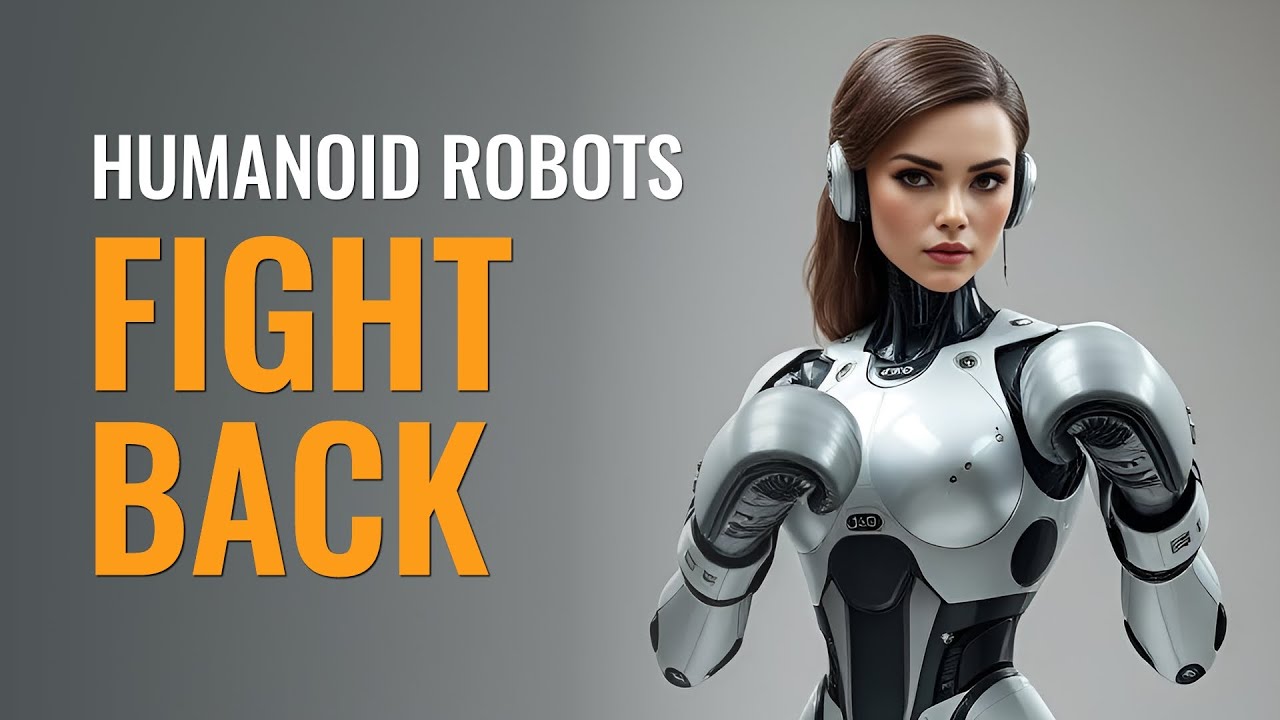
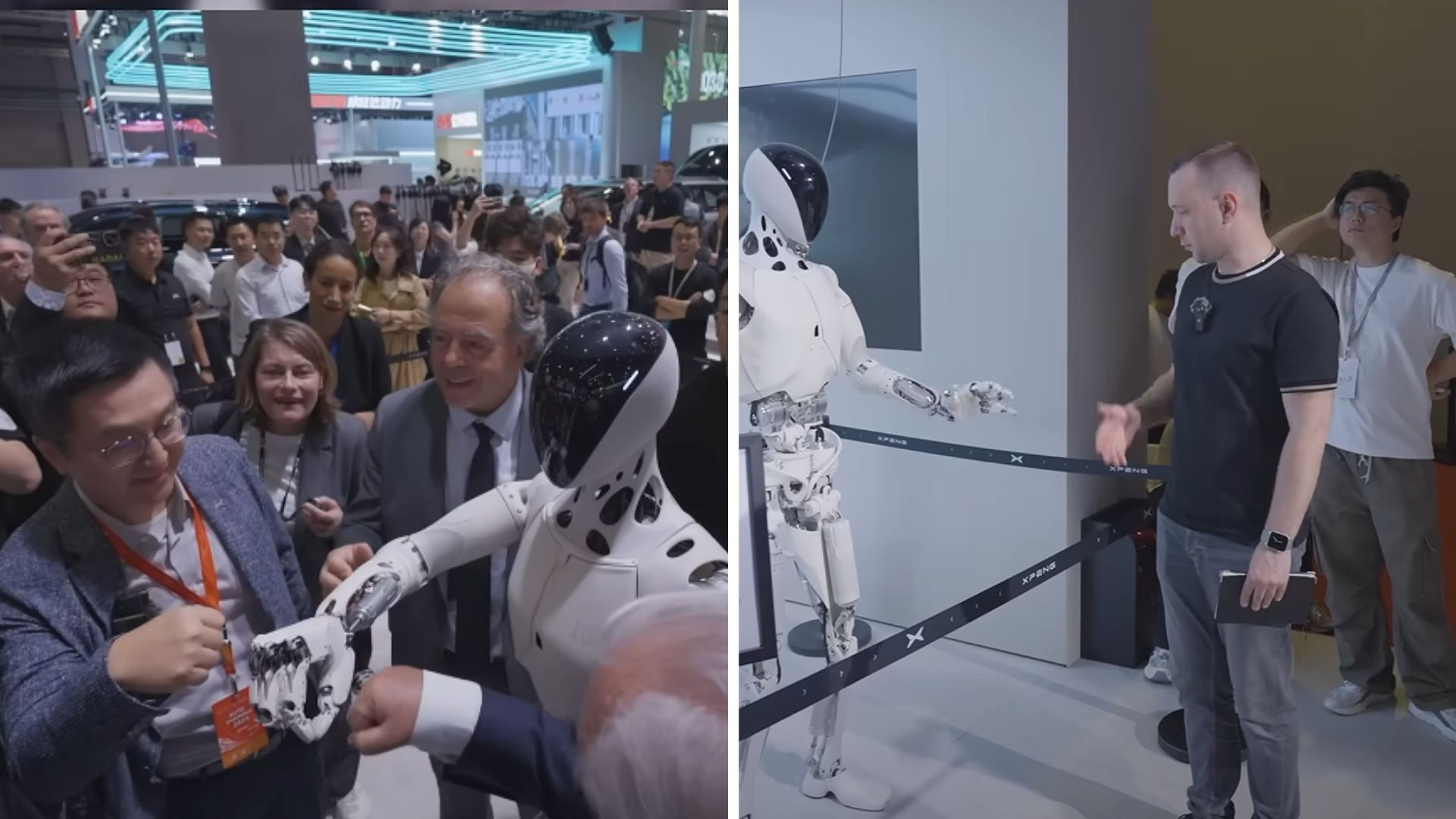


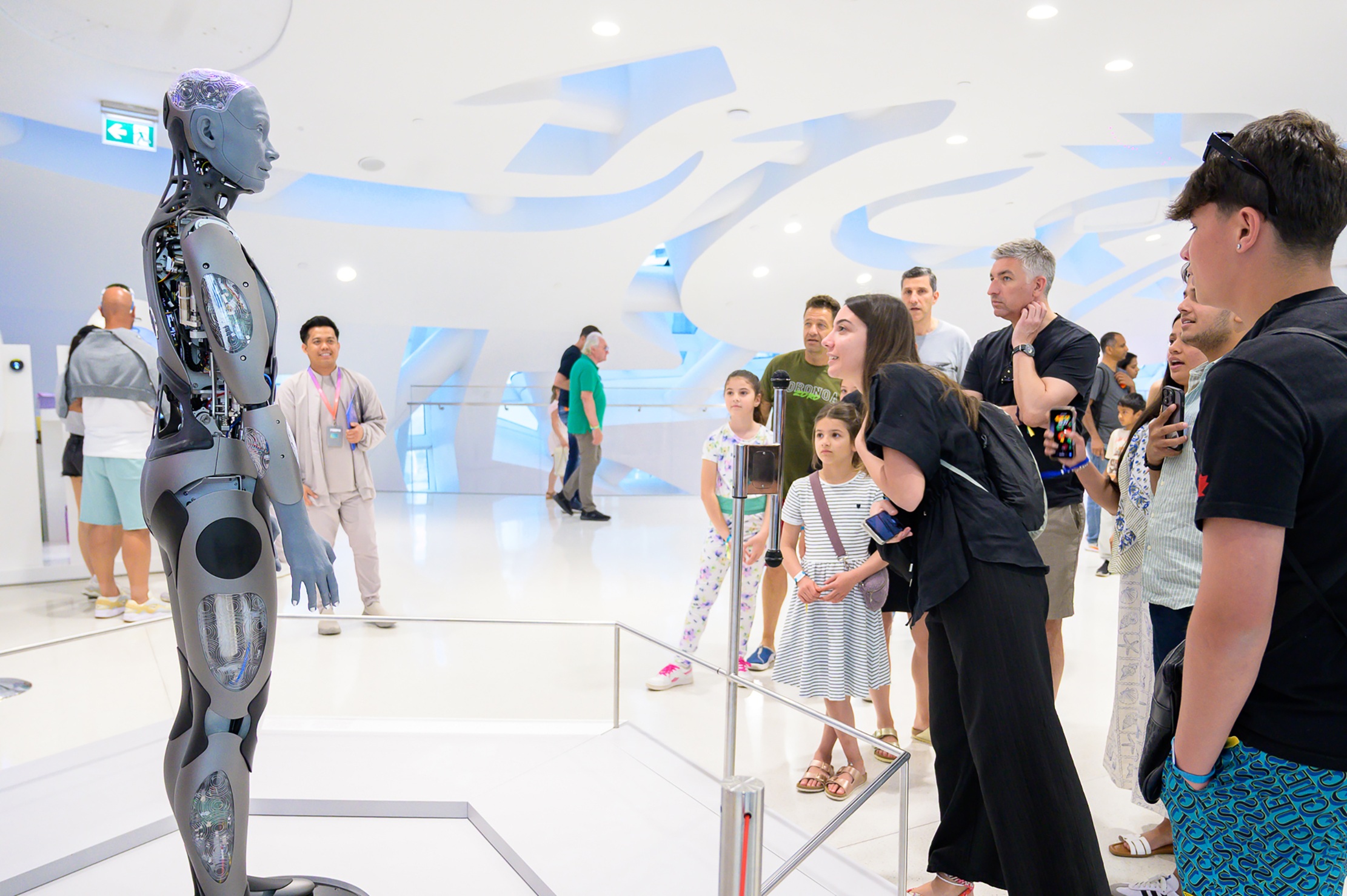
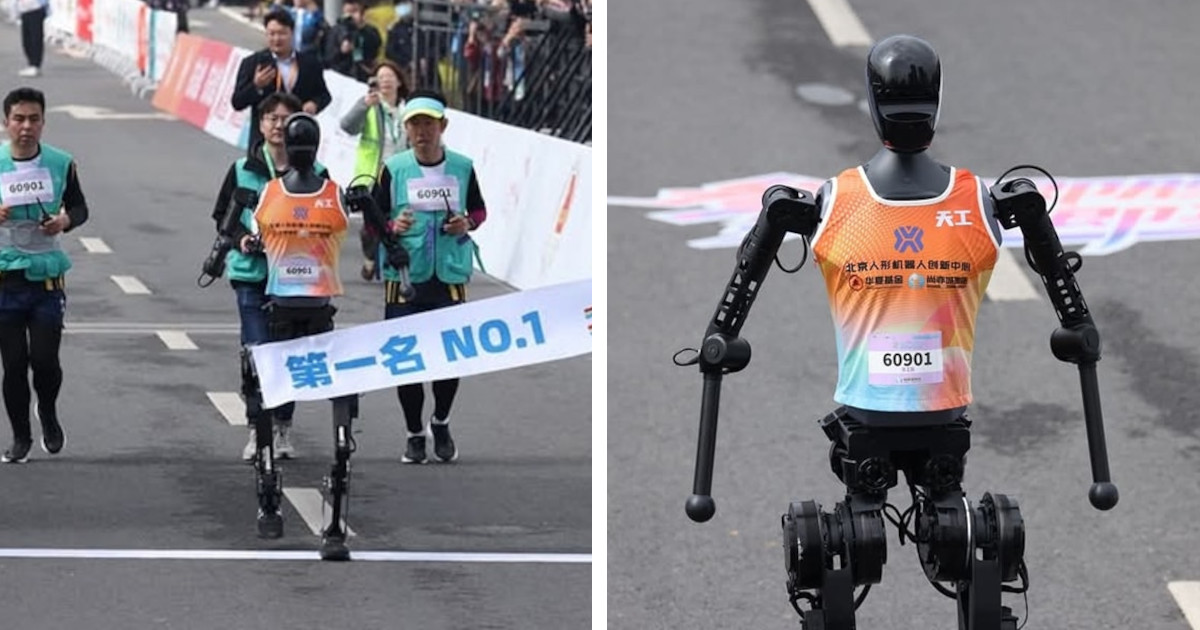
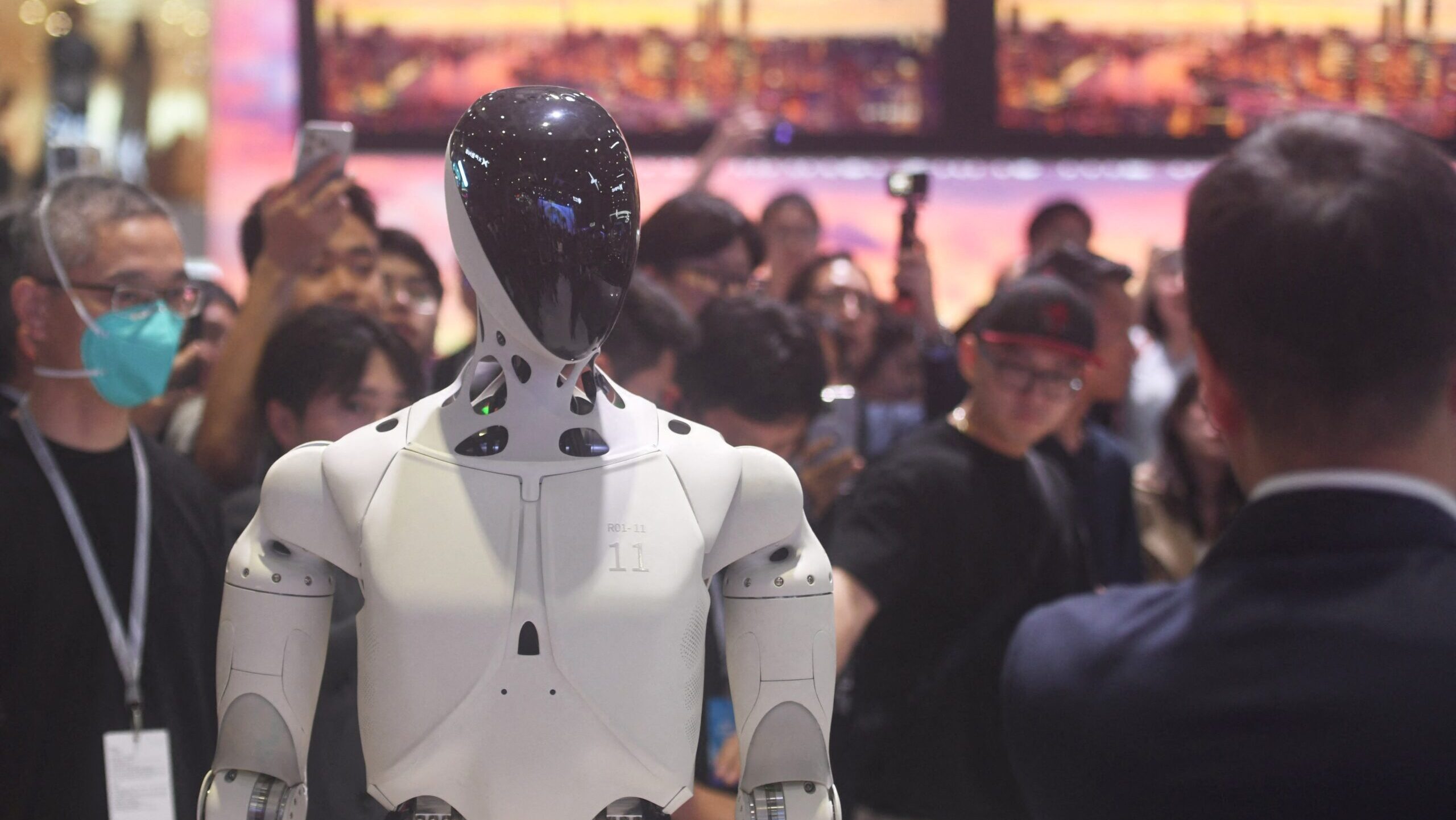

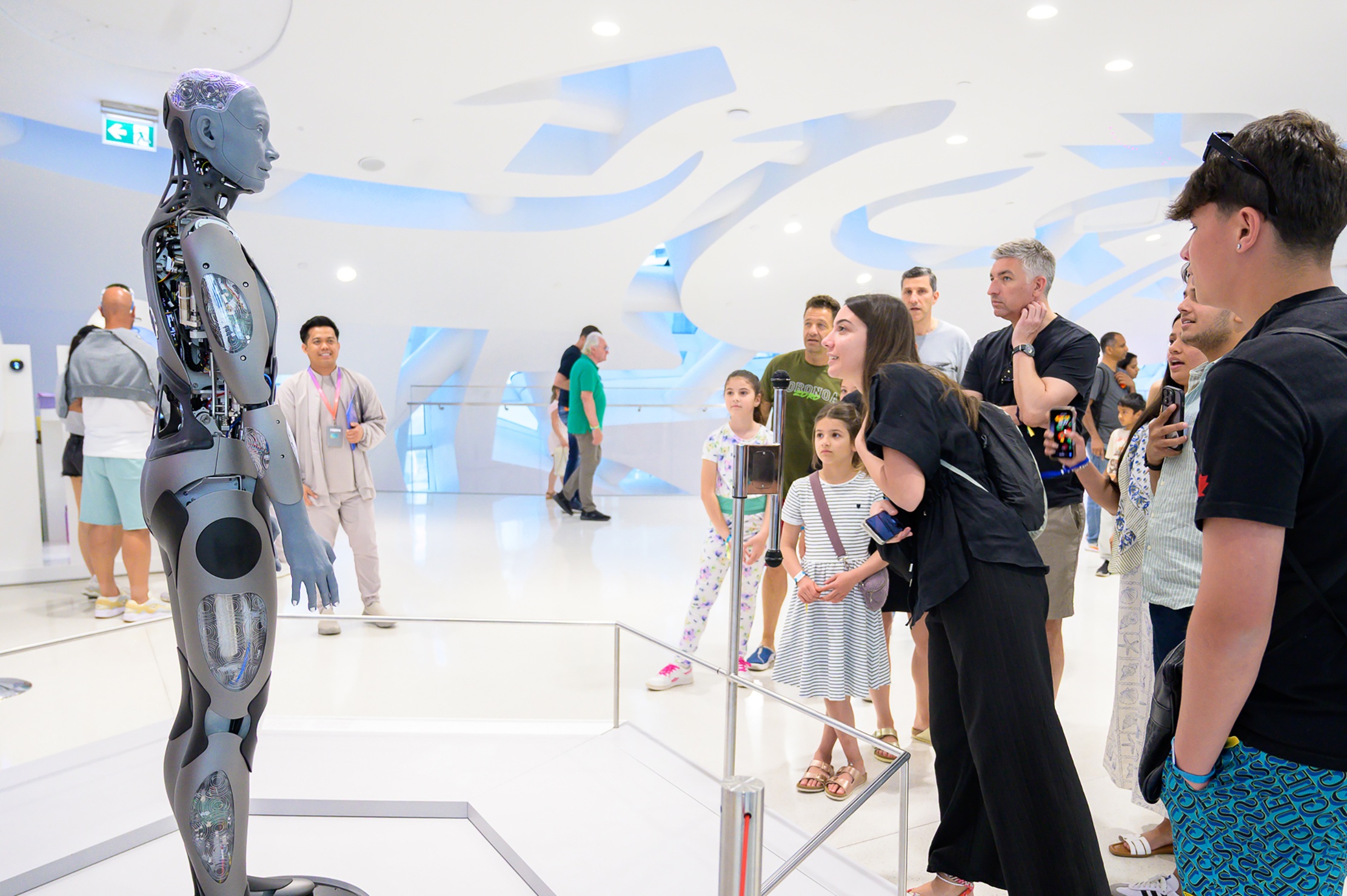

As humans we’re doomed.😅
fake
I want to see the T1 walk in high heels 👠 and be customized in body and legs. 😮❤And Atlas needs to be at least 1.85 meters tall.❤❤